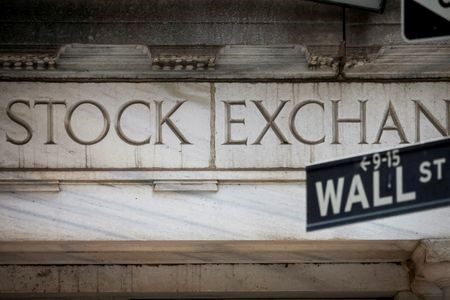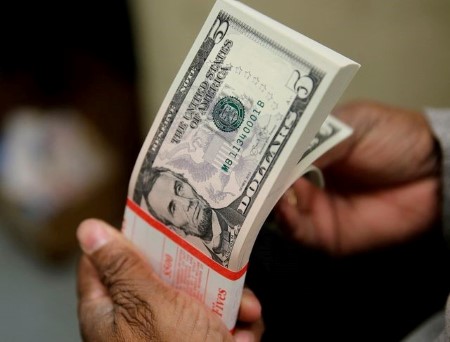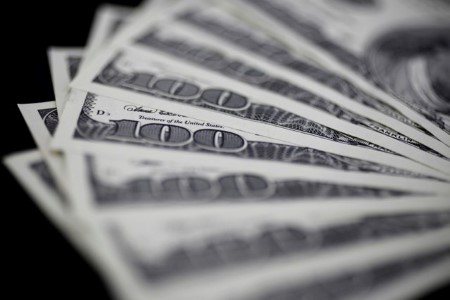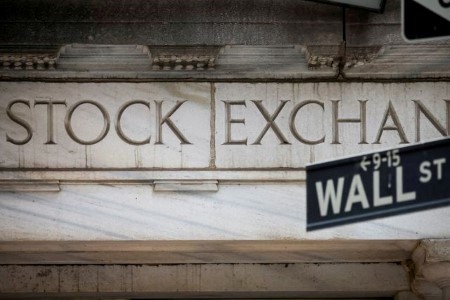NEW YORK, May 26 (Reuters) – Anxiety is increasing in parts of Wall Street that rely on Treasury securities to function, with some traders starting to avoid US government debt that comes due in June and others preparing to deal with securities at risk of default.
US President Joe Biden and top congressional Republican Kevin McCarthy are closing in on a deal that would raise the government’s USD 31.4 trillion debt ceiling for two years while capping spending on most items, as a June 1 “X date” approaches for when the Treasury Department has said it could run out of money to pay its bills.
Treasury securities are used widely as collateral across markets. A key question for market participants is how would bonds that are maturing next month be treated if a deal is not reached in time and the Treasury is unable to pay principal and interest on debt.
One such area is the USD 4 trillion repurchase, or repo, market, for short-term funding used by banks, money market funds, and others to borrow and lend. Some counterparties, including banks, were shying away from Treasury bills maturing in June in bilateral repos, where the trade is between two parties, said an executive at a US fund manager who decline to be named. There are 14 T-bills maturing in June.
Scott Skyrm, executive vice president for fixed income and repo at broker-dealer Curvature Securities, said some repo buyers or cash lenders did not want to accept any bills maturing within a year. Skyrm said stress began to appear in the market at the start of May, with some lenders refusing to accept Treasury bills that they perceived as at risk of delayed payments in some types of trades. He declined to name buyers who were not accepting T-bills.
“I don’t think counterparties want to deal with collateral around the X-date,” said Jason England, global bonds portfolio manager at Janus Henderson.
An executive at an independent broker-dealer in the repo market who declined to be named said they were still financing Treasury securities for now. Their focus, instead, was on rewiring their systems in anticipation of steps that the Federal Reserve and Treasury might take to prevent a default. The executive said they expected to work through the weekend to get their systems in place.
At least three big banks that deal directly with the New York Fed in its implementation of monetary policy were also accepting all Treasury securities, three sources familiar with the situation said.
The dislocations in the repo market, a crucial source of funding for day-to-day operations of many financial institutions, come amid growing stress in financial markets as talks drag on in Washington. A default could have devastating consequences, as the USD 24.3 trillion treasuries market underpins not just the US but the global economic order.
To be sure, a default remains a distant possibility. Many market participants expect the Treasury will be able to continue to pay its bills after the June 1 date as it could conserve cash in other ways to prioritize debt payments.
In the case that it needs to delay payments on some securities that are maturing, expert groups have suggested in the past that Treasury could help markets to keep functioning by extending the so-called “operational maturity date.” The proposal, detailed in a December 2021 contingency planning document prepared by an expert group, calls for extending the maturities of securities at risk of default by one day at a time.
That could allow the security to be technically traded and available for settlement on the Fedwire Securities Service system used for government debt. However, the group warned that it would need many broker-dealers to adjust their trading systems to also be able to do so and the consequences of a delay in payments on securities would still be severe.
The broker-dealer executive said the process was cumbersome because maturity dates subsumed several other calculations about the value of the security. Extending the maturities required the firm to “basically break their own system,” the executive said.
Even so, allowing the security to default would be worse. “If you don’t extend the date, I really don’t know what happens,” the executive added.
(Reporting by Gertrude Chavez-Dreyfuss, Saeed Azhar, Davide Barbuscia, Paritosh Bansal, Nupur Anand, Lananh Nguyen; writing by Paritosh Bansal, editing by Megan Davies and Sam Holmes)






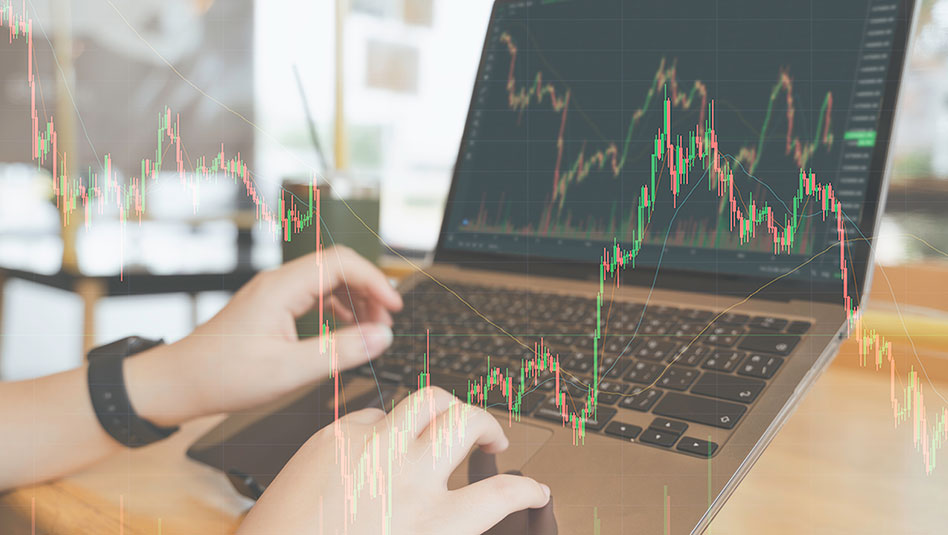
 DOWNLOAD
DOWNLOAD




